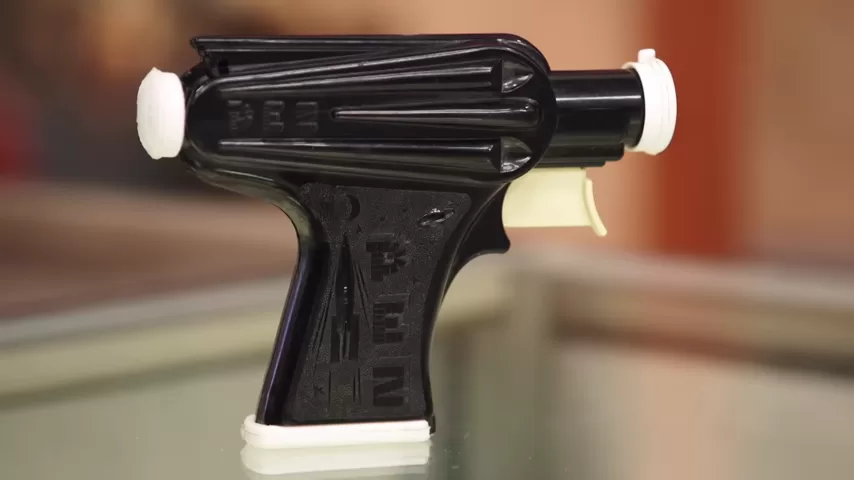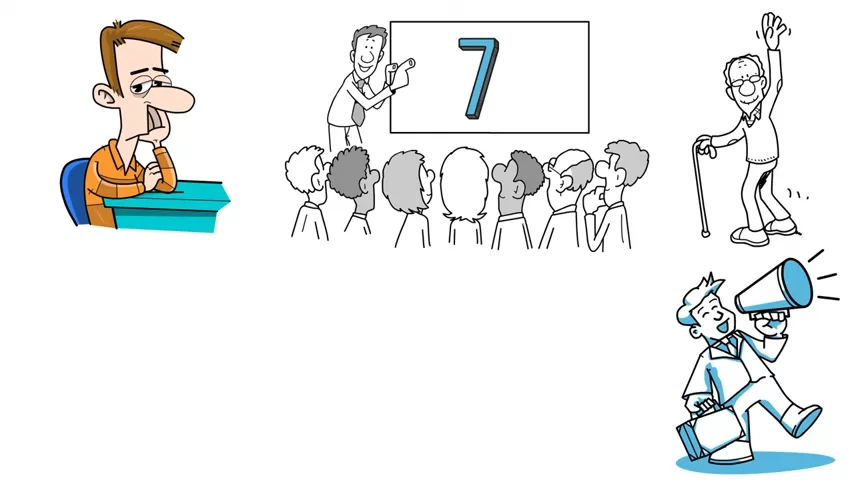When a man walks into a pawn shop with a pink gemstone the size of a golf ball and a price tag of $15,000 on his mind, you know you’re in for a ride. Add in some sass, science, and a bit of old-fashioned haggling, and you’ve got yourself a sparkling tale of Kunzite confusion and commerce.
“It’s a kunzite,” the seller announced proudly. “Been in my family for generations.”
The stone might shine—but the story? Not quite as polished.
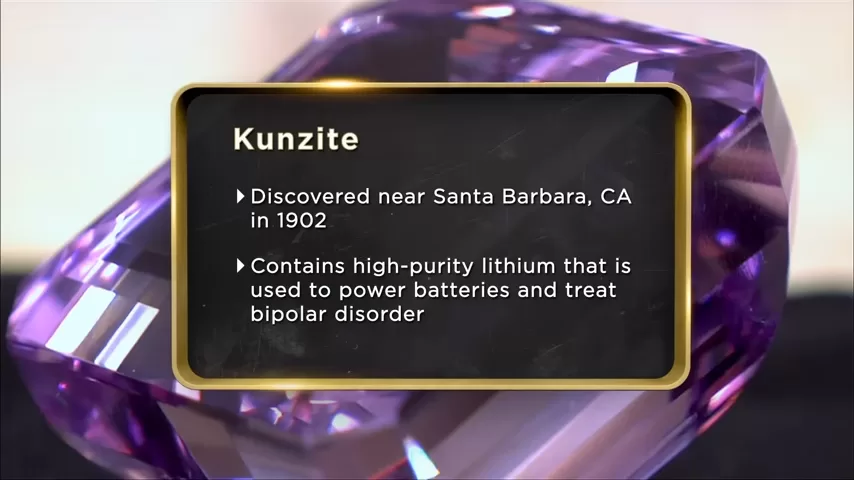
What Is Kunzite, Anyway?
Before we dive into the negotiation, let’s talk about kunzite. This soft pink-to-violet stone belongs to the spodumene mineral family and was discovered in 1902—not exactly ancient history. That made the seller’s claim of it being in the family for “generations and generations” slightly exaggerated.
“They only discovered the stone around 1900,” the shop owner quipped. “So maybe a generation.”
Known as the “evening stone,” kunzite is famously sensitive to light. Leave it in the sun too long and its pastel glow may fade. That’s why jewelers often recommend wearing it only after dark—a poetic detail for a poetic gem.
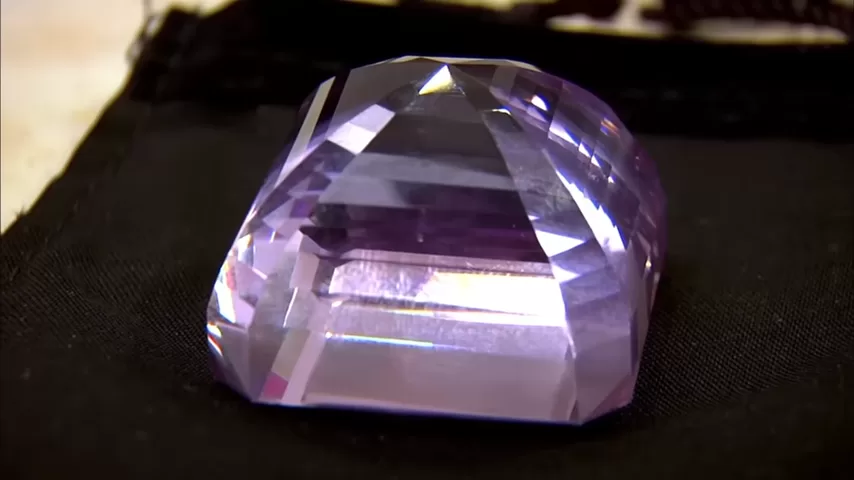
Glass or Gem? Enter the Expert
Despite the seller’s confidence, the pawn shop wasn’t about to hand over thousands of dollars based on good vibes and a shiny rock. So they called in Jeff, the in-house gemologist.
“You don’t trust me?” the seller asked.
“No. I don’t,” Rick replied with a grin.
Jeff ran a series of tests. First, a visual inspection for air bubbles (common in glass). Then, he looked for natural inclusions, which can prove a stone’s authenticity.
“What I can see in here,” Jeff said, “are inclusions that tell me this is natural.”
But the real proof came from the refractive index test—a machine-based method to measure how light bends as it passes through the stone.
“It has the right refractive index to be kunzite,” Jeff confirmed. “This is a natural kunzite.”
The seller couldn’t resist:
“Told you it was real!”
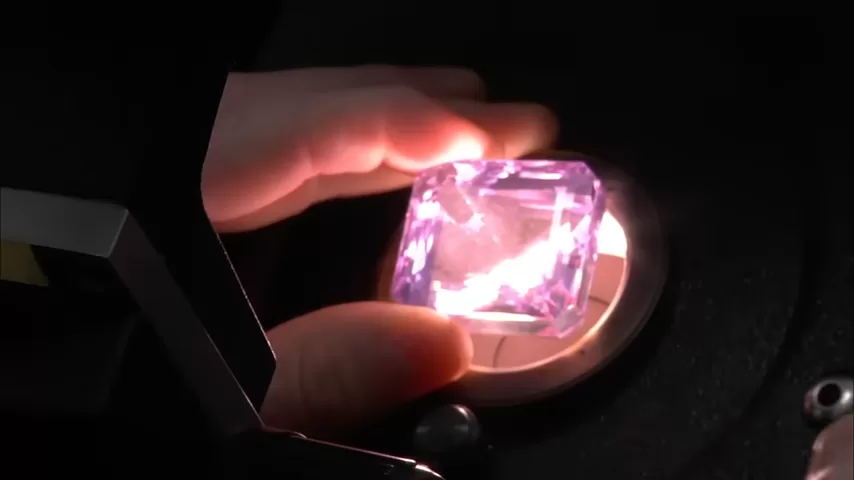
Now for the Numbers: What’s It Worth?
That’s where things got serious.
The stone weighed a hefty 323.8 carats, and kunzite of that size and color generally fetches around $30–$50 per carat. That put its retail value between $9,600 and $16,000—right in line with what the seller hoped for.
But here’s the catch: retail value is not what a pawn shop pays.
“I feel it’s worth 15 grand,” the seller insisted.
“I’ll give you five grand,” Rick replied flatly. “It’s going to sit for a long time.”
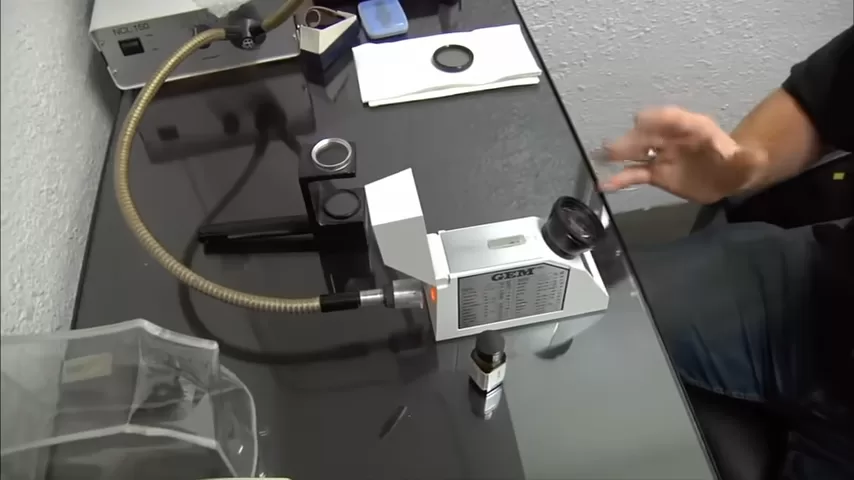
The Negotiation: Sparkle and Stubbornness
Back and forth they went. The seller pushed for 10. Rick pushed back with 6. The seller pleaded for 7,500. Rick grumbled, then settled on $6,500.
“Rick, be a little more reasonable,” the seller said.
“I am reasonable. That’s why I’m offering $6,500.”
Finally, they shook on it.
“Sometimes they win, sometimes I win,” the seller mused. “This time? They won.”
Still, walking in with no paperwork and walking out with $6,500 in cash for a rock you picked up at an auction (or found in a sock drawer)? Not a bad day’s work.
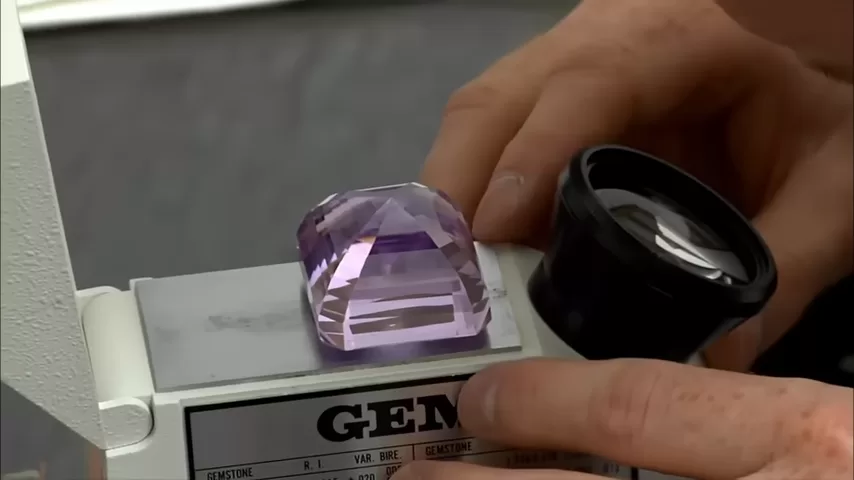
Kunzite Collecting: What to Know
If you’re new to kunzite—or curious about collecting gemstones—here are a few tips:
🔹 It’s Delicate: Kunzite ranks around 6.5–7 on the Mohs scale. It’s relatively soft, meaning it can chip or scratch if worn carelessly.
🔹 Color Matters: Deeper pinks or purples are more valuable. Lighter stones, or ones with visible zoning (uneven color), are less so.
🔹 Size Affects Price: Large stones (like this 300+ carat one) are rare, but size alone doesn’t guarantee high value. Color and clarity must also be high.
🔹 Display with Care: Since it fades in sunlight, avoid keeping kunzite near windows or under direct lighting.
🔹 Buyers Beware: Many fake or glass lookalikes exist. Always buy from a reputable source or get it tested before spending serious money.
Sometimes, an autograph turns out to be real, but oversupplied.
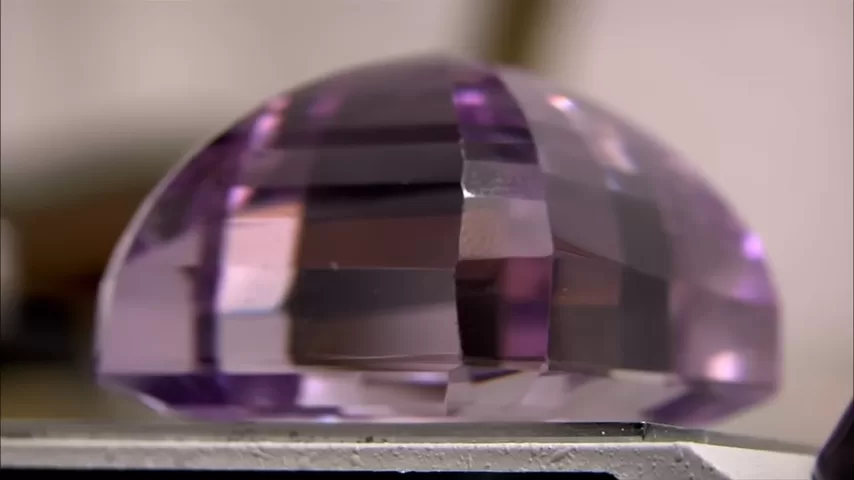
A Pawn Shop Gem of a Moment
This encounter wasn’t just about gemstones—it was about the dynamic that makes pawn shop stories great: a character with a wild claim, a skeptical expert, and a negotiation that rides the line between business and banter.
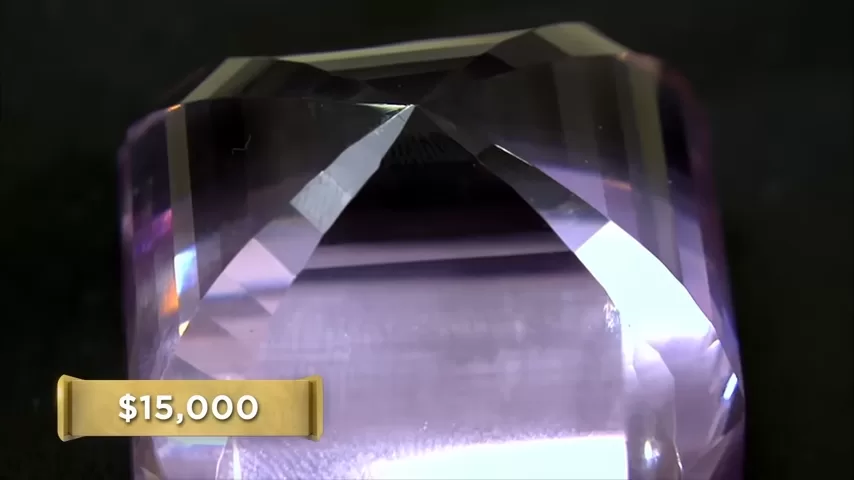
“Don’t make fun of my picture,” the seller said, handing over his ID. “I was much younger then.”
With humor, haggling, and a whole lot of pink sparkle, the day’s deal wrapped up—not quite at $15,000, but not bad for a stone that many would’ve mistaken for a pretty piece of glass.
Final Thought: Know What You’ve Got—Then Be Ready to Deal
Sometimes the real value isn’t just in the stone—it’s in knowing when to walk in confident, stand your ground, and walk out with cash.
So whether you’ve got a family “heirloom” or just a forgotten piece from grandma’s jewelry box, remember: one person’s pink rock might just be another person’s six-grand payday.


